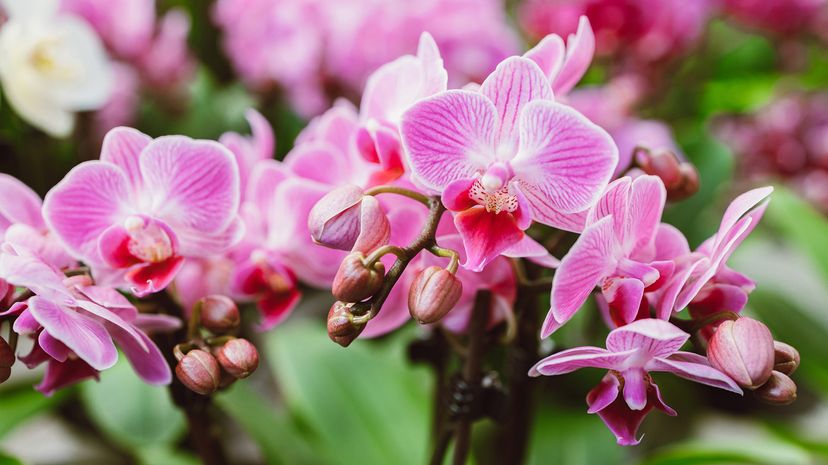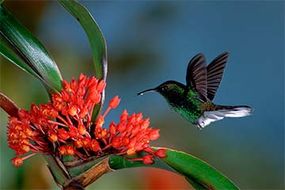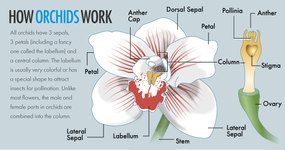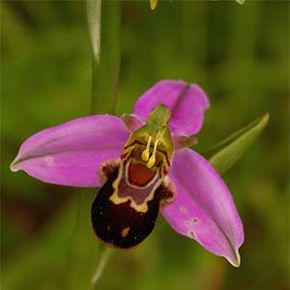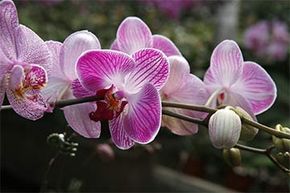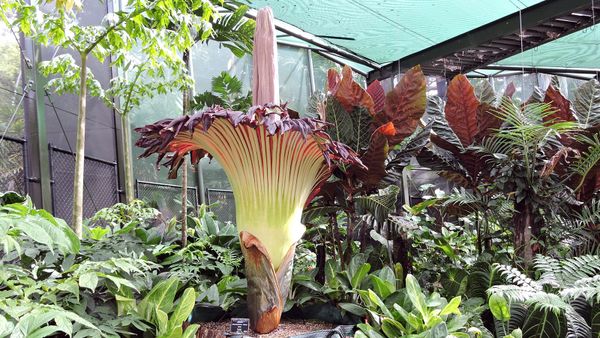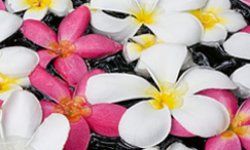Although cultivating orchids isn't usually as simple as dropping a few seeds in the dirt, it's also not unreasonably difficult, either. You might want to start with an established plant or some cuttings, however, since some orchid plants can take several years to bloom if started from seed.
Find the Right Type for Your Climate
The first step in growing orchids is to find one that suits your climate and capabilities. Tropical varieties simply aren't going to fancy the harsh Michigan winters, you know?
A popular choice for novice growers are Phalaenopsis orchids, also known as moth orchids, but are much prettier than their nickname indicates.
They're so popular and relatively easy to maintain that they can be purchased at many big-box retailers, and require no fancy heating or lighting to thrive since they prefer to be raised in the same indoor climate that humans typically enjoy [source: Just Add Ice Orchids].
Move Potted Orchids Outside During Warmer Months
If you select a potted orchid, expect to find rock, peat moss, moss or bark in place of standard soil. This is because orchids found in nature actually don't grow in the ground, and instead root themselves on bushes, tree branches and trunks.
Although this practice might seem parasitic, orchids don't take anything from their unwitting hosts or cause any sort of harm.
The American Orchid Society suggests moving potted orchids outside during the warmer months, typically to a patio or a spot underneath a tree. Doing so will actually improve their ability to grow and thrive, rather than keeping them cooped up year-round.
Proper Lighting Is Key
To maintain household orchid plants effectively, focus on providing proper lighting. Orchids need bright, indirect sunlight; an east-facing window is ideal. If natural light is limited, use grow lights but avoid overexposure.
Watch the leaves for clues: Bright green indicates good light levels, while dark green suggests insufficient light, and red-tinged or yellow leaves can mean too much direct sunlight.
Adjust your orchid's position or light intensity accordingly to ensure it receives the optimal amount of light for healthy growth.
Water as Needed
As with many types of plants, the amount of water provided is critical to success. Avoid under- or overwatering your orchid by keeping tabs on the natural weight of the plant. In other words, you don't want it to be too heavy with water, or so light that it's dried out.
Experts also recommend you water for about 15 seconds using lukewarm tap water, best done earlier in the day to ensure evaporation by the time the sun goes down. Then allow your plant to drain for 15 minutes, say over a kitchen sink [source: American Orchid Society].
It's also helpful to feed your orchid a diluted fertilizer on a weekly basis after watering because fertilizer applied to dry roots can be damaging. Some orchid enthusiasts advocate "watering" with a handful of strategically placed ice cubes, rather than standard H2.
Others, however, warn against that practice, making the point that the roots of historically tropical plants aren't meant to encounter freezing temps [source: Flanders].
Use a Potting Mix
For orchids, the best "soil" isn't soil at all but a specialized orchid mix. This mix typically consists of bark, charcoal, perlite and sphagnum moss providing excellent drainage and air circulation vital for orchid roots.
Avoid regular potting soil, as it retains too much moisture and can lead to root rot.
The right mix mimics an orchid's natural growing conditions on tree bark, allowing roots to access air and moisture as needed. When repotting, choose a blend specific to your orchid type for optimal growth. Regularly check and replace the mix every couple of years to maintain health.
Be Mindful of Dormancy Periods
Orchid newbies might also make the grave error of assuming the plant is a goner after the blooms fall off. Don't be so quick to assign a time of death, though!
Orchids are not like many common houseplants that look healthy year-round. Instead, they go through dormancy periods that allow the plant to relax and recharge for the next blooming session [source: Just Add Ice Orchids].
If you can't find the right orchid type and have some extra cash lying around, you can always pay to propagate or clone a rare orchid species of your own.
